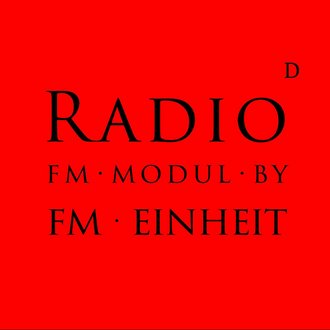
Skin
Henning Schmidgen on Radio FM Modul (III)
“In a constant stream of thoughts and frequencies, the hidden composer in residence is reaching out to the world.“
For his experimental radio format FM Modul, German composer, sound artist, and former “Neubauten” member FM Einheit invited Henning Schmidgen to participate in the episode “Skin”.
Featured in the episode: Andreas Ammer, Rica Blunck, Martin Wuttke, Volker Kamp, Sjang Coenen, Father Karl, Saskia von Klitzing, David Link, Phil Minton, Michael Tregor, Hans-Joachim Friedrichsen, Chrislo Haas, Ulrike Haage, Alexander Hacke, Sebastian Hess, Siegfried Zielinski, Henning Schmidgen, PanSonic, Poetry Machine.
www.musicaeterna.org/en/media/fm_module_18_skin/
FM Модуль #18 | Skin – 23.10.2020
